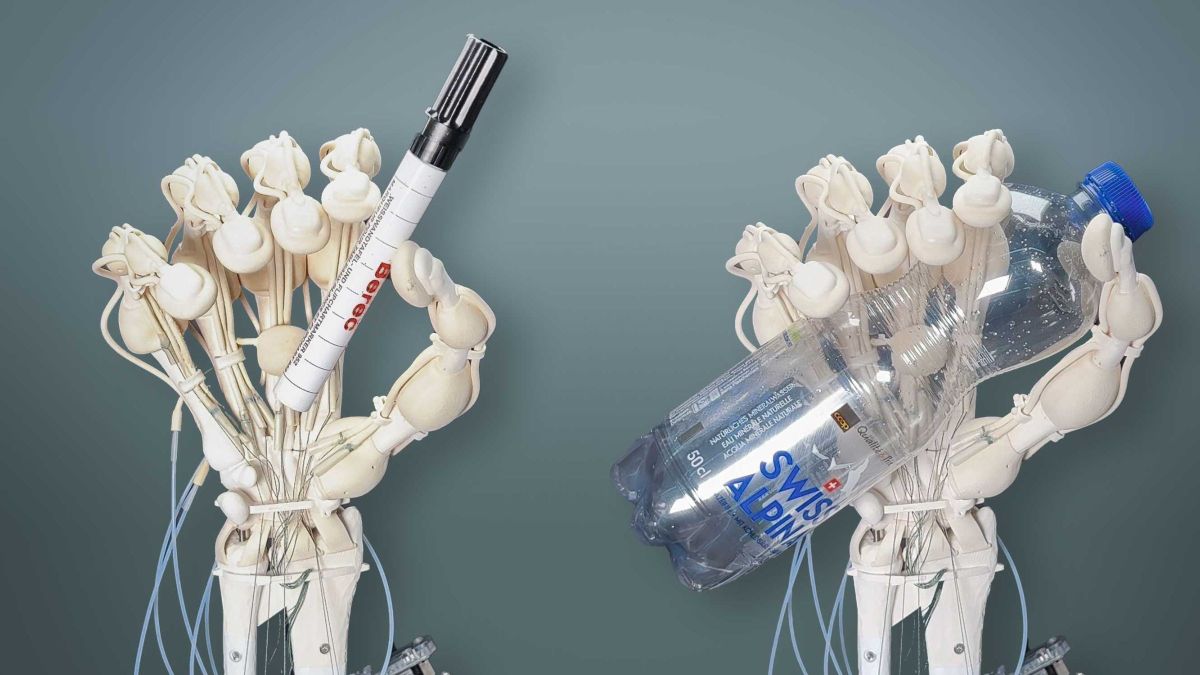They create a hand with tendons capable of moving and a robotic heart with valves and sensors, using 3D printing

Scientists from ETH Zurich, in collaboration with the American startup Inkbit, have created a robotic hand with an internal structure that imitates human bones, tendons and joints, a heart with valves and a new material capable of adjusting its rigidity.
This achievement, published in the magazine Nature is a great advancement in robotic manufacturing. The key technique behind it is VCJ, a methodology that allows for continuous, non-contact adjustments during the printing process.
Thanks to a high-speed 3D vision system, VCJ scans each layer of printing, adjusting in real time the amounts of resin needed to correct any irregularities.
Imagine a robotic hand that not only looks real, but also moves with almost human dexterity. The hand created using VCJ is equipped with 19 simulated tendons and sensory pads in the fingers and palm.
Can grip objects accurately and stop finger movement by touching something, emulating the delicate human interaction with the environment. It is practically an artificial copy of a hand.
A 3D printed robotic heart
Additionally, researchers have developed other innovative robotic systems, such as a robotic heart and one metamaterial structure capable of adapting its rigidity.
With respect to robotic heart, is a creation inspired by the anatomy and mechanism of mammalian hearts. It replicates its functionality and incorporates membranes that facilitate its pumping operation, as well as one-way valves and internal cavities with sensors potentially allowing for more sophisticated monitoring and response.
Thanks to VCJ, complex structures that previously required separate and laborious manufacturing and assembly methods can be printed in a single session. Which facilitates mass production and lowers product costs.
These advances illustrate the potential of VCJ in a variety of applications, from medical implants to more adaptable and responsive robots. VCJ technology not only improves the flexibility and functionality of robots, but also simplifies the manufacturing process.
Despite its impressive capabilities, the new VCJ process faces challenges such as deformation of materials under certain environmental conditions, and limitations in adhesion between different material chemistries. However, researchers are optimistic about the future of this technology and its ability to revolutionize robotic manufacturing.
The 3D printed robotic hand is a testament to the advancement in materials science and robotics engineering. It represents a significant step towards the creation of more versatile and humane robots, opening up new possibilities in fields as diverse as medicine, assistive robotics and space exploration.



